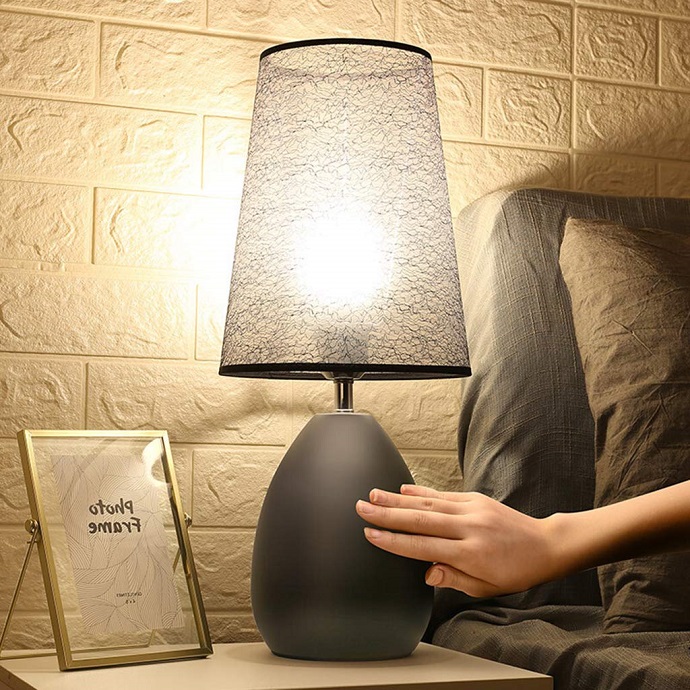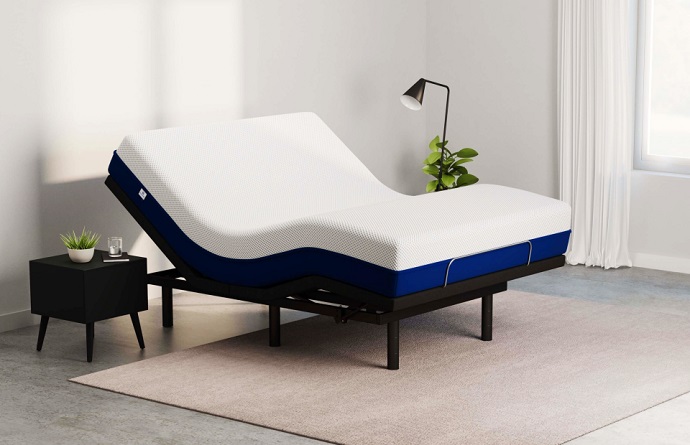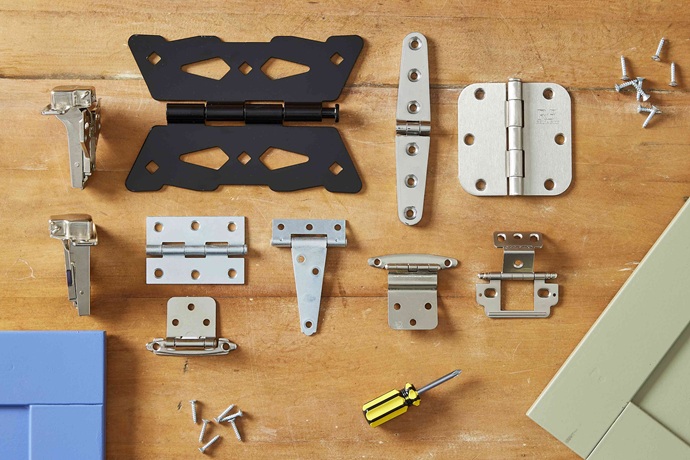While it’s furniture that helps you settle in, the lighting is the final touch your space needs to truly feel like home. Your choice of lighting can make your interior shine, both literally and figuratively. And even though they are usually the last touch to include in your lighting scheme, lamps are very important for the home. Because they have a small size and emit a soft, directional light, lamps can create mood and improve the functionality of any room.
And when it comes to lamps, no model is more convenient and versatile than a touch lamp. Touch-sensitive lamps certainly have an advantage over traditional lamps that can only be turned on by flipping a switch or pushing a button. There’s no switching mechanism that can gunk up or fail with use – the only thing you need to turn these lights on is a soft touch with your finger. Does it sound like magic? Well, it will all make sense once you understand how touch lamps work.

Work Principle
There are several different ways that touch-sensitive light switches can get activated. One of them is a change in temperature. The human body is warmer than the surrounding air. So, a lamp that’s programmed to sense a change in temperature can be switched on by the human touch. The ability to sense the heat emitted by the human body is also used in elevator buttons and motion-sensitive lamps you see on people’s porches. Another way touch-sensitive switches can be activated is with resistance. As it’s mostly made of water, the human body can conduct electricity really well. So, when you place your finger on the switch, it can close the circuit and thus turn the light on.
However, most touch-sensitive lamps use another property of the human body which you might not have heard of until now – capacitance. Capacitance is the capacity of an object to hold electrons. The lamp has its own capacitance, and the human body has a different capacitance from it. In order to work, a touch-sensitive lamp has circuits which can detect the changes in capacitance when you touch it and activate the electrical switch. When you take your hand away, the lamp goes back to its original capacitance so that it can detect the next change and turn off the switch or activate a different setting.

How to Control Brightness Levels
Most touch-sensitive lamps can emit different brightness levels without the need for three-way light bulbs. When you touch the lamp, you activate the brightest setting. When you touch it again, it goes from brightest to second brightest and then dimmest. When the lamp is set to the dimmed settings, it turns itself off and on in fast succession. This way, the light appears to be consistent to the eyes. To turn the lamp off, you’ll need to touch it a fourth time.
Where Can You Use Touch-Sensitive Lights?
For obvious reasons, most touch-sensitive lamps are used for nightstands and desks which are within arm’s reach and usually, aren’t found in floor lamps. As a result, they are usually used as task lights for various activities. Let’s take a look at the ways you can use these practical lamps.
Obviously, a touch lamp can make a great addition to your nightstand where it can double as a handy reading light. Touch lights are available in a variety of designs from vintage to modern, mid-century and Scandinavian, and as such can enhance the look and mood of every bedroom. Touch table lamps can also transform the look of the living room, dining room or hallway. These lamps also come in a range of styles from lava lamps to tripod lamps, Himalayan lamps and twist table lamps. You can buy touch lamps from most lighting stores as well as most well-equipped homeware stores in your vicinity or order online.
In nurseries and children’s bedrooms, these lamps can provide little ones with a comforting glow as they’re getting used to sleeping along and can serve as an interesting décor piece. Plus, you as a parent can also benefit from them. Since they don’t make a sound when turned on, you can easily switch them on when checking on your baby in the middle of the night. In addition, they can also be helpful when you need to nurse your baby. Considering how most touch-sensitive lamps can be dimmed, they can be a comfortable source of illumination that doesn’t prevent you from getting back to sleep.
In addition, all touch-sensitive lamps use LED bulbs. And since these bulbs do not emit any heat, they are more efficient and do not represent a fire hazard. What’s more, you don’t have to worry that your child will get burned by touching the lamp. There are also lamps which don’t have a power cord, meaning that babies and children won’t trip on it.

How to Replace a Touch Lamp Sensor
Although they aren’t as prone to damage as regular lamp switches, touch sensors can wear out after years of use. Luckily, you can conveniently replace the sensor instead of purchasing a new lamp. In fact, you might be able to replace the sensor by yourself. When doing so, make sure that you’re away from any water and that the lamp is unplugged in order to prevent possible electrical shocks.
The sensor is located in the base of the lamp, which you will need to remove, usually by twisting it. The sensor is a small plastic square with four wires attached to it. Take a photo of the placement of the wires as you will need to rewire them to the replacement sensor. You can separate the old sensor from the wires by twisting the wire connectors. Insert the new sensor by connecting it with the wires as they were before. Here’s a detailed video to have a better idea of what you need to do.




















